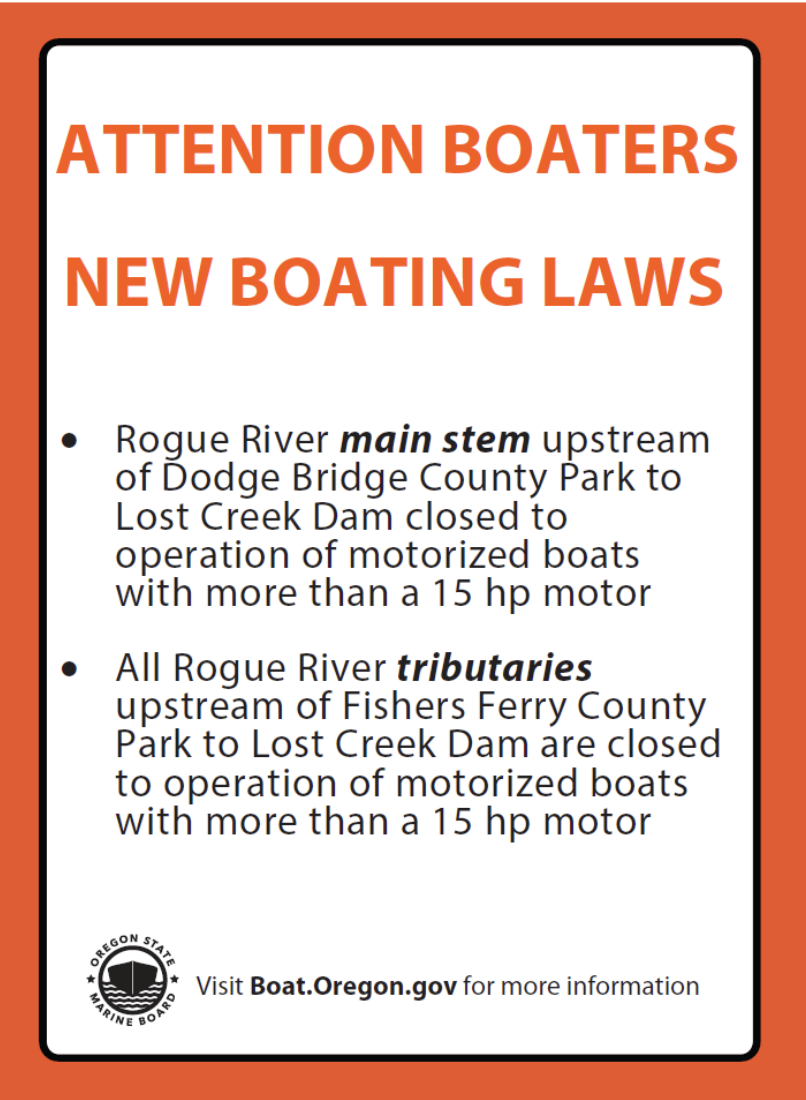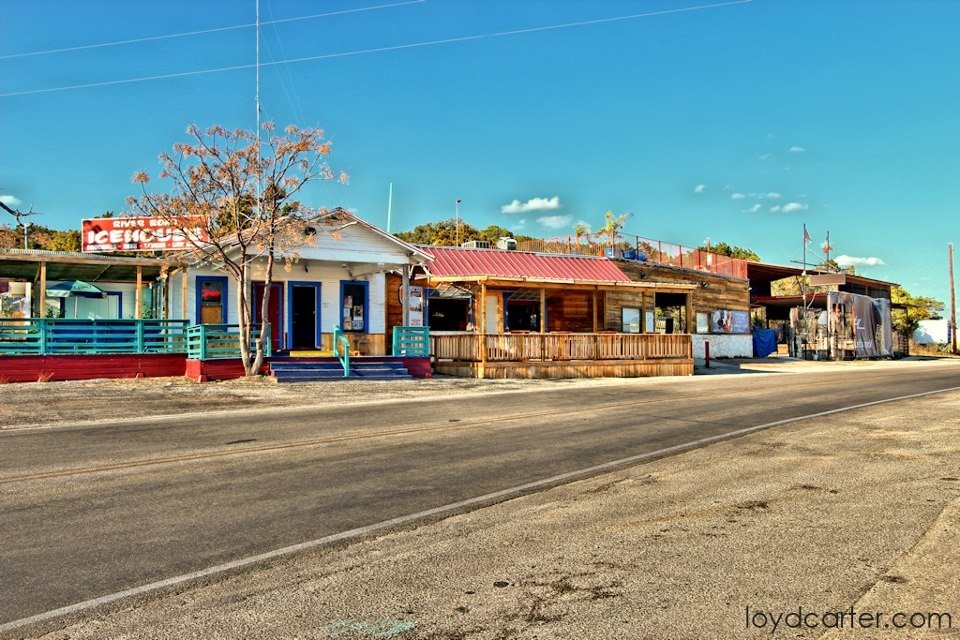
Navigating complex waterways requires more than just a GPS and a steady hand; it demands a deep understanding of the water’s story. For seasoned boaters, the legendary cry me a river julie london sheet music is the ultimate guide to one of the most challenging passages, a true test of skill and preparation. This isn’t about music in the traditional sense, but about the rhythm and flow of the water itself. To master this route, one must become fluent in the language of nautical charts and appreciate the critical importance of safe navigation. This guide is your key to interpreting the intricate hydrographic data, understanding the placement of channel markers, and anticipating the powerful pull of tidal currents that define this iconic waterway.
To get to the heart of the matter, the term “sheet music” in this context is a beautiful and fitting metaphor used by old-school mariners. Think of a river or a complex coastal passage not as a static body of water, but as a living, breathing entity with its own tempo and dynamics. The “sheet music” is the hydrographic chart, a detailed map that documents every potential hazard, every shift in depth, and every nuance of the current. It’s a script for a boater, outlining where to “play” it safe and where the “crescendos” of dangerous rapids or hidden sandbars lie. It turns the act of navigation from a simple A-to-B journey into a performance, where the skipper is the conductor and the boat is the orchestra.
The Lore Behind Julie London’s Legendary Chart
Every great piece of maritime lore has a hero, and in this story, it’s Julie London. Not the singer, but a pioneering hydrographer and boater from the mid-20th century. Legend has it that she was the first to successfully and meticulously chart the treacherous “Cry Me a River” passage, a stretch of water notorious for wrecking vessels whose skippers were unprepared or overconfident. She spent an entire season on the water, taking countless soundings, observing tidal patterns, and documenting submerged rocks and unpredictable eddies. Her resulting chart was so detailed and accurate that fellow boaters began referring to it as “Julie London’s sheet music,” because following it felt like following a perfectly composed piece of music that guided them to safety. This history adds a layer of respect and significance to the chart itself. To understand the challenges she documented, it’s essential to study the details of the cry me a river sheet music julie london before even thinking about casting off your lines.
As maritime historian Captain Alistair Finch puts it, “Julie London didn’t just draw a map; she wrote a symphony of survival. Every line on that chart is a note on how to dance with the river’s dangerous rhythm. It’s a testament to human ingenuity against the raw power of nature.”
Decoding the Cry Me a River Julie London Sheet Music for Your Voyage
So, you’ve got your hands on a copy of this famous chart. What are you actually looking at? At first glance, it can be an intimidating collection of lines, numbers, and symbols. But once you learn to read its language, a clear path through the danger emerges. Breaking it down helps you appreciate the genius behind its composition and ensures you are fully prepared for the journey ahead. The document is more than a map; it’s a comprehensive tool for risk management on the water.
Reading the Rhythms: Understanding Tidal Flows and Currents
One of the most critical elements of the sheet music is its depiction of water movement. Arrows of varying sizes and notes in the margins will indicate the direction and strength of tidal currents at different times. A small, single arrow might indicate a gentle flow, while a thick, bold arrow signifies a powerful current that can easily push an unprepared boat off course or into a hazard. Ignoring these “rhythmic” instructions is like a musician ignoring the tempo marking—the result will be chaotic and potentially disastrous. A thorough understanding of the cry me a river sheet music julie london is the foundation upon which a safe and successful passage is built.
Spotting the Danger Notes: Identifying Hidden Hazards
The chart is littered with symbols that act as warnings. These are the “dissonant chords” you need to avoid. Symbols for submerged rocks, shallow sandbars, old wrecks, and areas of extreme turbulence are all clearly marked. Julie London’s genius was in her meticulous placement of these warnings, often with accompanying notes about the conditions under which they are most dangerous, such as during a low tide or a spring runoff. Think of these symbols as sharp notes in the music—hit one, and the entire performance comes to a jarring halt.
Maria Cortez, a seasoned river pilot with over thirty years of experience on these waters, often advises newcomers, “GPS tells you where you are. The ‘Julie London’ tells you why you’re there and what the water will do next. There’s a world of difference. Trust the paper.”
Is a Digital GPS Enough for the “Cry Me a River” Passage?
In our modern age of digital convenience, it’s tempting to rely solely on a GPS chart plotter. While these tools are incredibly powerful and offer real-time positioning, they can sometimes lack the nuanced, historical context provided by a classic chart like the Julie London. A GPS might show you a hazard, but the paper chart often includes handwritten-style notes from the original survey about the nature of that hazard. It might explain that a particular sandbar shifts after winter storms or that a certain eddy only appears when the river is swollen with rain. This analogue data provides a depth of knowledge that technology alone cannot always replicate. The best and safest approach is to use both: let your GPS confirm your position while you use the rich, detailed information from the cry me a river sheet music julie london to make informed navigational decisions.
Preparing Your Vessel for the Performance
Reading the chart is only half the battle. Your boat must be prepared to handle the conditions described in the “sheet music.” Before attempting the passage, a thorough vessel check is non-negotiable. Ensure your engine is in perfect working order, as you’ll need reliable power to counteract strong currents. Check your steering systems, as you’ll be making precise maneuvers. Your anchor should be easily accessible and appropriately sized, in case you need to hold your position in an emergency. Finally, all safety gear—life jackets, flares, first-aid kit, and a reliable radio—must be in top condition. Going into the “Cry Me a River” passage with an ill-prepared boat is like a violinist showing up to a concert with a frayed bow; you’re setting yourself up for failure.
Ultimately, mastering the cry me a river julie london sheet music is about more than just navigation; it’s about becoming part of a tradition. It’s about respecting the water, honoring the knowledge of those who came before you, and embracing the challenge with skill and humility. By learning to read this intricate chart, you are not just ensuring your own safety, but also connecting with a rich piece of maritime history. It’s a rewarding experience that transforms a potentially perilous journey into a masterful performance on the water.
Reviews
Ben Carter
★★★★★
I was hesitant to tackle this passage for years, but after studying the ‘Julie London’ for a month, I finally did it. This guide is no joke. The detail is incredible, especially regarding the currents around the eastern bend. It felt less like navigating and more like following a dance chart. Absolutely essential.
Sarah Jenkins
★★★★☆
An indispensable resource. My only critique is that it takes a while to get used to the old-style symbols if you’re used to modern digital charts. But once you get the hang of it, the level of insight is unmatched. We used it alongside our GPS and felt completely in control.
Marcus Reid
★★★★★
Heard the stories for years and finally got a laminated copy. It’s the real deal. The notes on seasonal changes to the sandbars saved us from running aground last spring. It’s more than a chart; it’s a piece of living history. Every serious boater in this region should own and understand this document.
Eleanor Vance
★★★★☆
My grandfather used this chart, and now I do. It’s incredibly accurate. I’m giving it four stars only because I wish there was a modernized version that kept all the original notes. But for its intended purpose, it’s perfect. Don’t attempt the ‘Cry’ without it.
Leo Petrov
★★★★★
As a relative newcomer to boating, I found the concept of the ‘sheet music’ a bit intimidating. However, after taking a local navigation course that focused on it, I see the light. It forces you to be a better, more aware skipper. You learn to read the water, not just the screen. A five-star tool for serious mariners.


